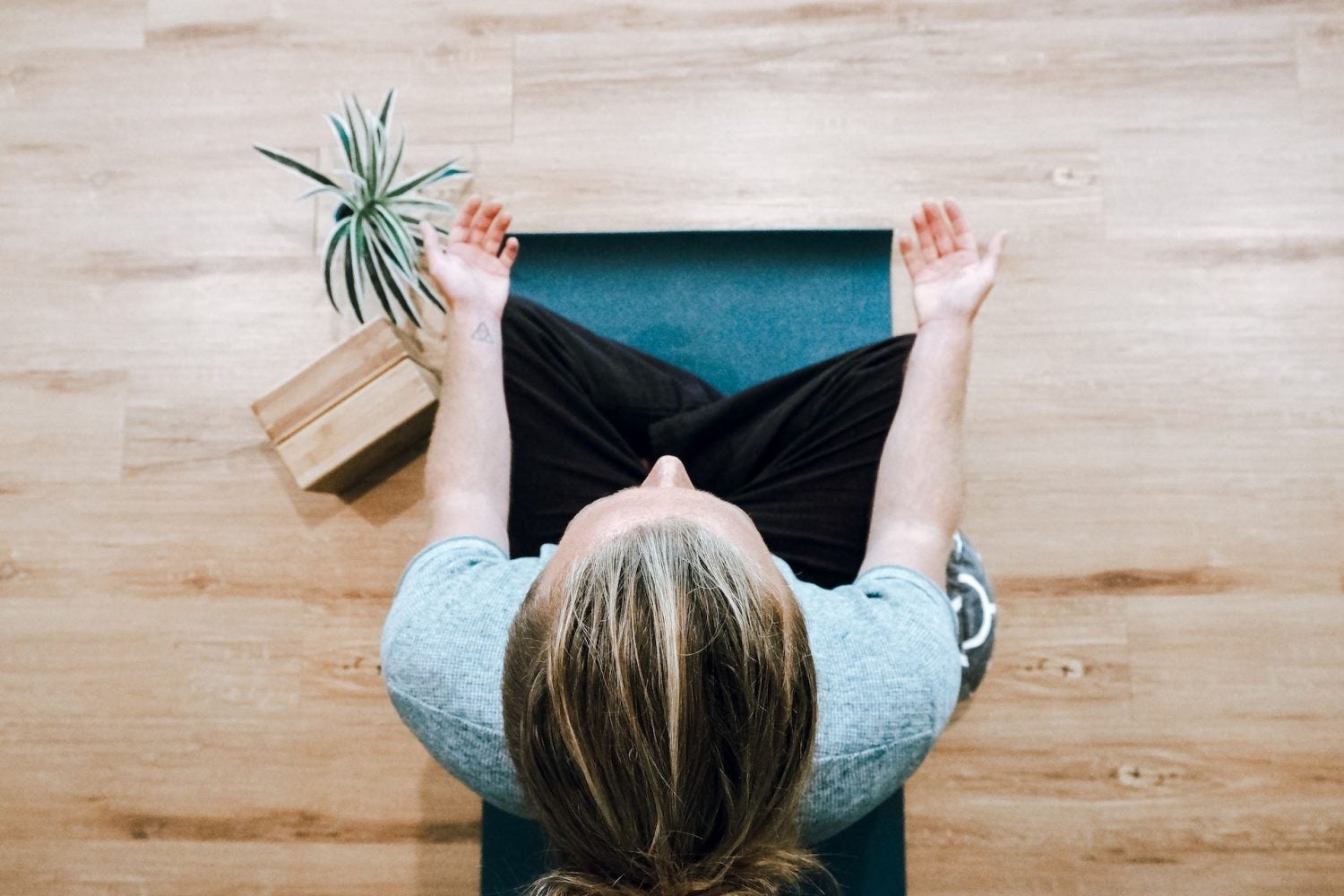It’s not new information that mindfulness is good for us. It allows us to be present in the moment, aware of where we are and what we are doing. Through the practice of mindfulness, aspects such as stress and overall quality of life can be improved.
Although there was no shortage of suffering pre-COVID, there was certainly an increase in people turning to mindfulness as a way of coping with the stresses and anxieties that the pandemic brought, and many of these people continue to use the practice today.
It’s proven to be such a useful tool to help individuals manage their wellbeing, that it’s commonly used as a form of treatment for not just mental health conditions, like anxiety and depression, but for addictions as well, like treatment for the symptoms of problem gambling and substance abuse.
Many of us are constantly on the go, hoping to fulfill numerous plans, wanting “more” and “better” in our jobs, health, or relationships. While there is nothing wrong with striving for the best, the pursuit can be exhausting. Sometimes just stopping and being present in the moment can help alleviate the stress and anxiety that life brings.
Here we look at five ways to help us slow down and become more mindful.
Create a mindful space at home
We have spaces in our homes for eating, sleeping, working, and washing, so why not have space in our home that is created to just ‘be’ in?
As human beings, we are very much influenced by our surroundings. If we used our bedroom as a workspace during the day, we may then struggle to rest or sleep in that same space come the evening. The same logic applies to finding a space for mindfulness. To cultivate stillness and silence, you need to establish a space away from the hype of activity of everyday life.
Creating this space doesn’t have to involve a complete home makeover, and it doesn’t need to be a big space or a dedicated room. A corner or a windowsill will do the job just fine. There is no right way to set up the space, but for it to be effective, it must only be used for mindfulness, or any other activity designed to clear your mind.
Eat mindfully
We all know that eating healthy is good for us, but eating mindfully can make a difference too. Most of us look at eating as a means to an end – to fill a void of hunger. But if you actually take the time to taste and enjoy what you’re eating, you will find it is not only good for your body, but for your soul as well. Mindful eating is about using mindfulness to dedicate your full attention to the experience, your cravings, and physical cues when eating.
To achieve this, you need to be fully present in the moment. No TV, computer, phone or paper in front of you. Once these distractions are gone and it’s just you and the plate of delicious food, the mindful eating can begin. It can take practice, but the three main elements are to eat slowly, chew thoroughly, and to stop eating when you are full. Engaging your senses by noticing smells, colours, sounds, textures and flavours can help too.
Keep screen time in check
Information overload is a thing. With all the media at our fingertips, it can be easy to become overstimulated and in need of a digital detox. Approaching screen time more mindfully, rather than mindlessly, is the key.
Many of us replace our downtime with scrolling through our phones, which means we lose the capacity for self-awareness and reflection. This lack of awareness can lead us to start identifying ourselves through the comparison of others, family dysfunction and perceiving a sense of disconnection from others.
Thinking about how, when, and why you spend time on your device is a good starting point. Try pausing before you pick up your phone and occasionally resist the urge. Then when you do pick it up, set some intentions and boundaries for how long you spend on it, or try only using it at designated times. Keeping mobile devices out of reach at night can also make a difference.
Move
Exercise is a proven remedy for a healthy life. However, while we often want to distract ourselves during workouts, there are in fact benefits to being mindful during exercise. It not only helps to reduce stress and anxiety, but it makes you feel good physically and mentally, and can even improve your form and performance.
Whether it’s through walking, yoga, running, swimming, or just a little morning stretch, becoming aware of your body’s sensations by moving adds more focus and mindfulness, helping you to get more out of the workout. Mindful exercise has shown to lead to a stronger level of commitment and motivation, and higher levels of workout satisfaction.
To achieve mindful movement, make sure you have a purpose for the workout, pay attention to your body while exercising, slow down and remember to breathe. And always end on a good note, perhaps by lying down for a final relaxation.
Spend time in nature
Taking walks through a park, the woods, mountains, by the sea or wherever you can be outside is important to keeping you in the present and improving wellbeing. Getting fresh air and just being in nature has a power to shift our perspective, providing better sleep, reducing blood pressure, lowering the heart rate, and elevating our mood. According to a 2019 study, spending two hours a week in nature can make you happier and healthier.
Mindful walks are a popular activity for some. The beauty of it is that it can be done anywhere, as long as it’s outside. There’s no agenda to a mindful walk – it’s about the journey, not the destination. You want to pay attention to the physicality of the activity, approaching it in the right frame of mind, and using all your senses: sight, sound, smell, touch and taste. Ask yourself, what is the experience of being in nature at that particular moment?
Final words
The core of mindfulness is simply a state of attention that is always available. As humans, we are often too busy doing or thinking to remember to be mindful. The more it is practiced, the more you are building up your mindfulness muscle, and the better you are at achieving it.



















